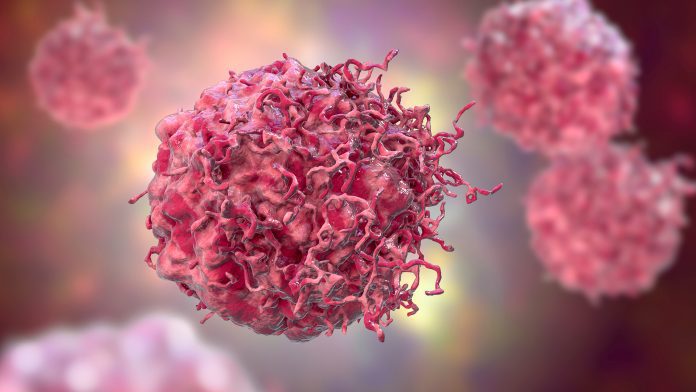
A new neuroblastoma study has identified new subgroups with distinct prognoses and vulnerabilities to therapies.
Researchers have identified new variations in neuroblastoma that could lead to a more accurate prognosis and better-targeted treatments.
The study has revealed three new subgroups of the most common type of neuroblastoma, each with different genetic traits, expected outcomes, and distinguishing features that offer insights into the most effective treatments.
Dr Yihua Wang from the University of Southampton, a senior author on the paper, said: “This research represents a pivotal advancement in our understanding of MYCN non-amplified neuroblastomas. The results are striking.
“These kinds of neuroblastomas can be classified into three distinct subgroups, each demonstrating unique prognostic implications and varying vulnerabilities to investigational therapies.”
What is neuroblastoma?
Approximately 100 children are diagnosed with neuroblastoma each year in the UK.
It is a cancer that starts in a type of nerve cell called a neuroblast.
Neuroblastoma can present in the abdomen, chest, neck, or pelvis and can spread to other parts of the body.
The overall prognosis of the disease is poor, with 20% of patients still alive five years after diagnosis.
The likelihood of the cancer being cured widely varies as some tumours spontaneously regress and others are resistant to therapy.
One key indicator of risk is the amplification of a gene called MYCN, where tumours have too many of this type of gene.
This occurs in around 20% of cases and accounts for approximately 40% of high-risk neuroblastomas.
Increased understanding of the diversity of outcomes
The team from the University of Southampton and China wanted to find out more about cases where the MYCN gene isn’t amplified to understand the diversity of outcomes within these cases.
The team used advanced analytical techniques to analyse over 1,500 biopsy samples from 16 different datasets sourced from Gene Expression Omnibus and ArrayExpress.
From this, they identified three distinct subtypes of these MYCN non-amplified cases based on their transcriptional signatures.
About the subgroups
The first subgroup comprises around half of MYCN non-amplified cases and has the best prognosis. This group has a long-term survival rate of over 85% despite some cases being clinically classified as high risk.
Subgroup 2, accounting for a quarter of cases without MYCN amplification, exhibited the poorest outcomes with a long-term survival rate of 50%. Interestingly, this subgroup shared a genetic profile akin to cases with MYCN amplification.
The researchers identified elevated expression levels of Aurora Kinase A (AURKA) protein, significantly higher than in the other subgroups. Subsequent examination revealed that AURKA mRNA levels alone could serve as a predictor of overall survival. This suggests potential benefits from AURKA inhibitor treatment for patients within this subgroup.
In contrast, Subgroup 3, constituting another quarter of MYCN non-amplified cases, displayed an ‘inflamed’ gene signature characterised by heightened activity in immune cells.
Further analysis suggests that patients within this subgroup may exhibit enhanced responsiveness to immunotherapy.
New options for neuroblastoma treatment
Dr Wang concluded: “This research opens new avenues for personalised medicine in the treatment of neuroblastomas.
“By leveraging transcriptional subtyping, we are now equipped to offer more precise prognosis and tailor therapies accordingly for patients with MYCN non-amplified neuroblastomas, potentially improving outcomes and quality of life.”









